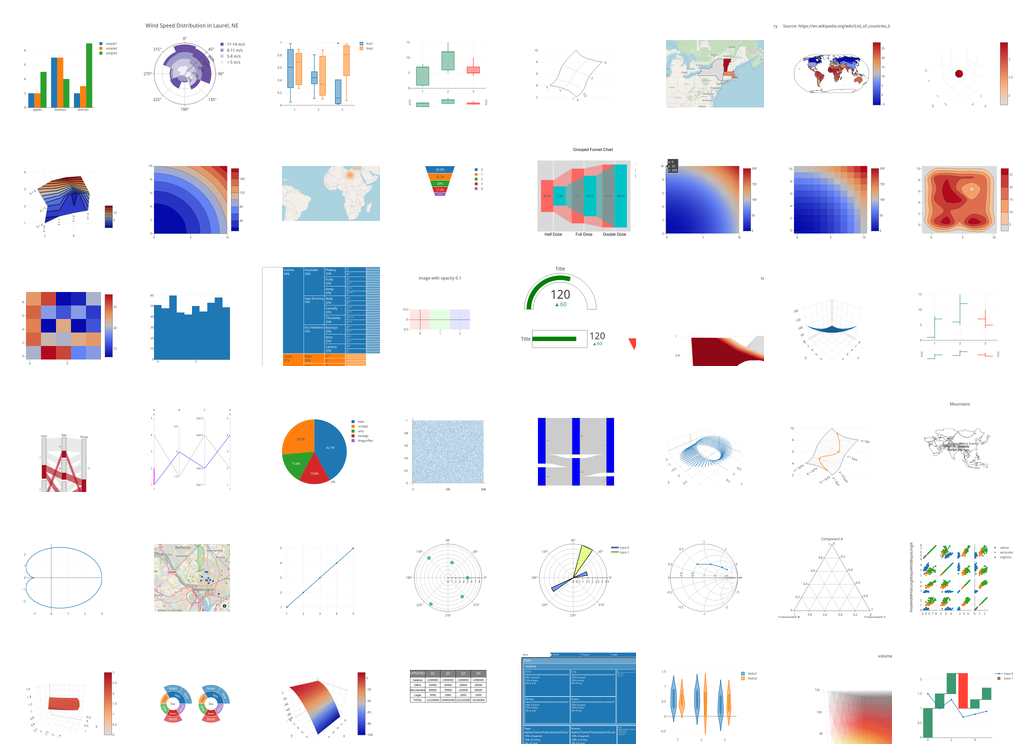

This is likely a section you will want to come back to at the end of this part as you browse for libraries to integrate into your workflow. This is useful to know because you will get to improve or mirror this API in R when you develop the widget for it. This will further give a sense of which parts of the API are great and which not so much.

One cue to know if the library will be more or less complex to integrate with R is whether the various snippets of code that generate the examples are similar or drastically different: commonalities make for easier abstractions and ultimately simpler R code and packages.

We enter the Sample and Error Values in the chart (series)Īnd create the chart with series and other optional options. Var errorValues = // firstErrors + secondErrorįill series with the correct data thanks to the local variables. Var categoryValues = // firstValues + secondValues I create local variables in script.js that contains the data from the spreadsheet, as such: var labels = // "samples 1".

So that you can enter your data correctly in the charts. Make sure to arrange your data in script.js file. There are a lot of powerful ones like Plotly.js or Highcharts. Plotly. Once the data accessible, you have to create a chart and to do this you have to chose a javascript library. Once you've entered your data on the spreadsheet, you can access it with your code via a JSON file, it's the first file below Settings. I used an online editor with an embedded spreadsheet to test my code, it is pretty simple to use. Here is a working code I have written for you: It is possible to do this kind of chart with javascript, and there is an add-in that allows you to use it in Excel.


 0 kommentar(er)
0 kommentar(er)
